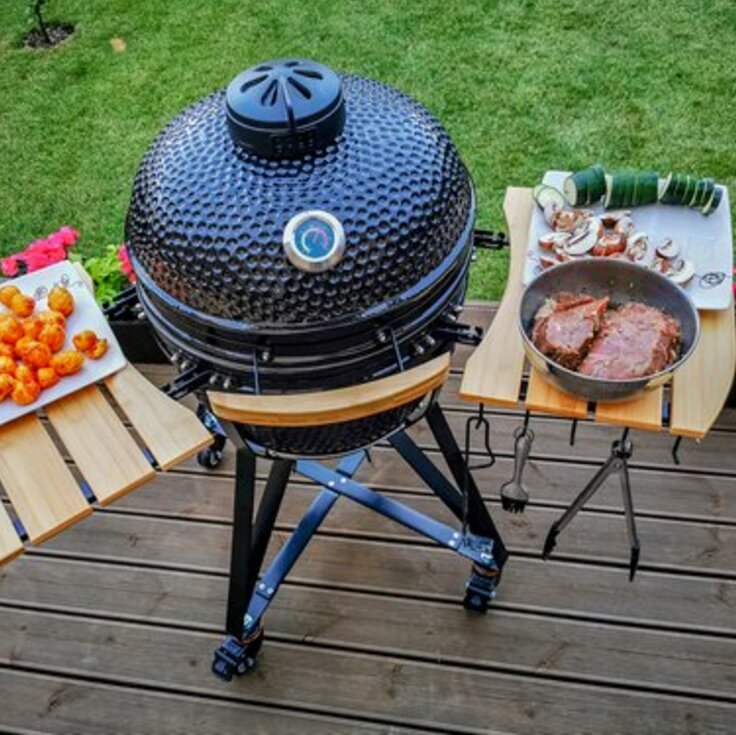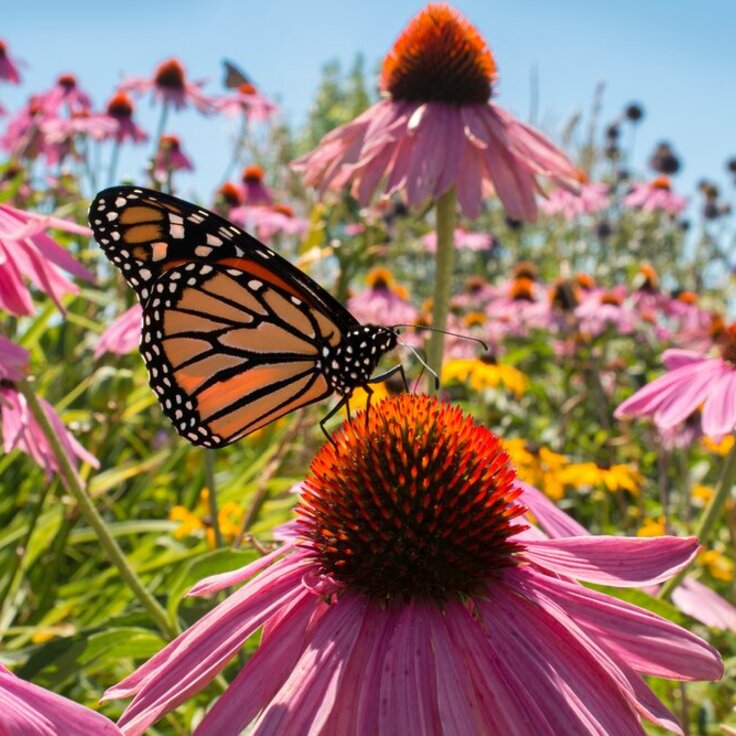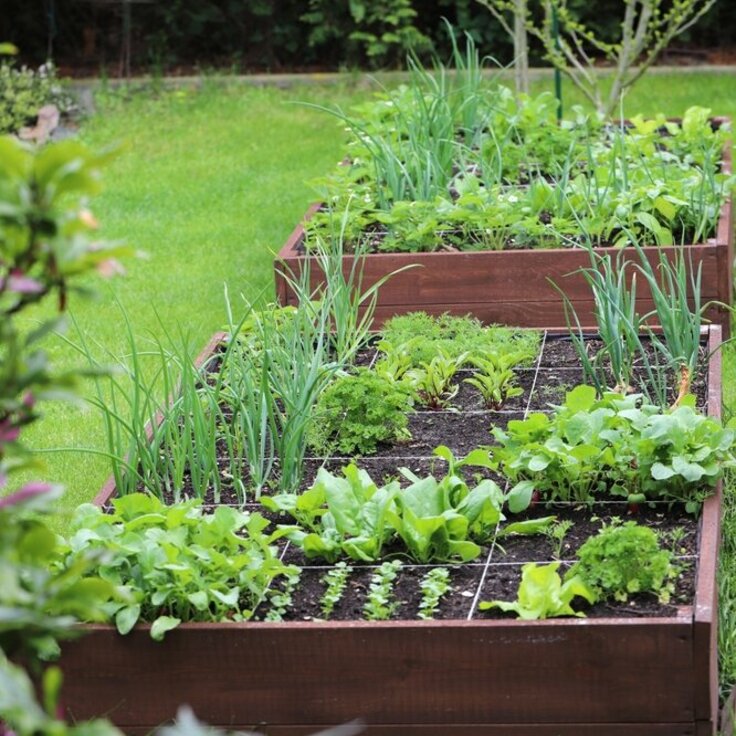Pruning in Winter: What You Can Prune and When?
Winter might seem like a quiet time for gardening, but it’s actually one of the best seasons for pruning. Pruning in the winter months helps keep your garden tidy and promotes healthy growth in the spring. In this guide, we’ll share which plants can be pruned in winter and the best times to do so for optimal results.
1. Why is Pruning in Winter So Important?
During the colder months, many plants and trees enter a dormant phase, making them less vulnerable to damage and allowing them to bounce back quickly after pruning. Here’s why winter pruning is so beneficial:
- Enhances plant health by removing dead or diseased wood.
- Encourages vibrant new growth when spring arrives.
- Keeps plants manageable, allowing for easier care and control of shapes.
Fun Fact: Pruning in winter can help prevent plant diseases by slowing down the flow of sap, which also limits the spread of fungi.

2. What Can You Prune During Winter?
Not all plants should be pruned in winter, but there are many that benefit from a good trim. Here's a list of plants that are perfect for winter pruning:
Fruit Trees
Winter is the ideal time to prune fruit trees like apple and pear. By cutting back the right branches, you help light and air reach the center of the tree, which can lead to a better yield.
- When? December through February, as long as the weather is frost-free.
- How? Remove dead, diseased, or crowded branches and maintain an open, balanced shape.
Hedges
Evergreens such as boxwood and yew can be pruned in late winter, shaping them neatly before the growing season begins.
- When? February or March, before new growth starts.
- How? Use sharp hedge clippers to achieve straight, even lines.
Shrubs
Deciduous shrubs, like hydrangeas, can be pruned lightly in winter to remove old growth and make way for fresh shoots in spring.
- When? January to March.

3. What Should You Not Prune in Winter?
There are certain plants that should not be pruned during the colder months. Avoid pruning the following:
- Spring Bloomers: Plants such as magnolia and forsythia flower on wood from the previous season. Cutting them back now means you’ll miss out on their spring blooms.
- Roses: Wait until spring to prune your roses after the threat of frost has passed.
Pro Tip: Always check for bird nests in shrubs before pruning, as some birds use these plants for shelter during the winter months!
4. Essential Tools for Winter Pruning
Having the right tools is essential for a successful pruning session. Here’s what you’ll need:
- Secateurs: Perfect for smaller branches and delicate cuts.
- Pruning Shears: Designed for cutting thicker branches.
- Saw: Ideal for larger trees and thick shrubs.
Looking for pruning tools? Visit a local garden center for professional-grade equipment. Check out our list of nearby garden centers here.
5. Avoid These Common Pruning Mistakes
While pruning is fairly straightforward, there are a few common mistakes you should avoid:
- Over-Pruning: It’s often better to prune a little than to cut too much, especially with trees.
- Pruning During Frost: Avoid pruning when temperatures are freezing to protect the plant.
- Using Dull Tools: Make sure your tools are sharp to avoid ragged cuts that may harm the plant.
6. Post-Pruning Care
After you’ve pruned your plants, it’s important to care for your garden to help it thrive through the winter:
- Feed the Soil: Add compost or fertilizer to nourish the roots and improve soil health.
- Protect Vulnerable Plants: Apply a layer of mulch to help shield your plants from the cold.

A Healthy Garden Awaits in Spring
By following these winter pruning tips, your garden will be set to flourish come springtime. Make sure to pick up the right tools and supplies from your local garden center. Find one near you via gardencentreguide.ie.
Happy pruning, and we’ll see you in the spring!








